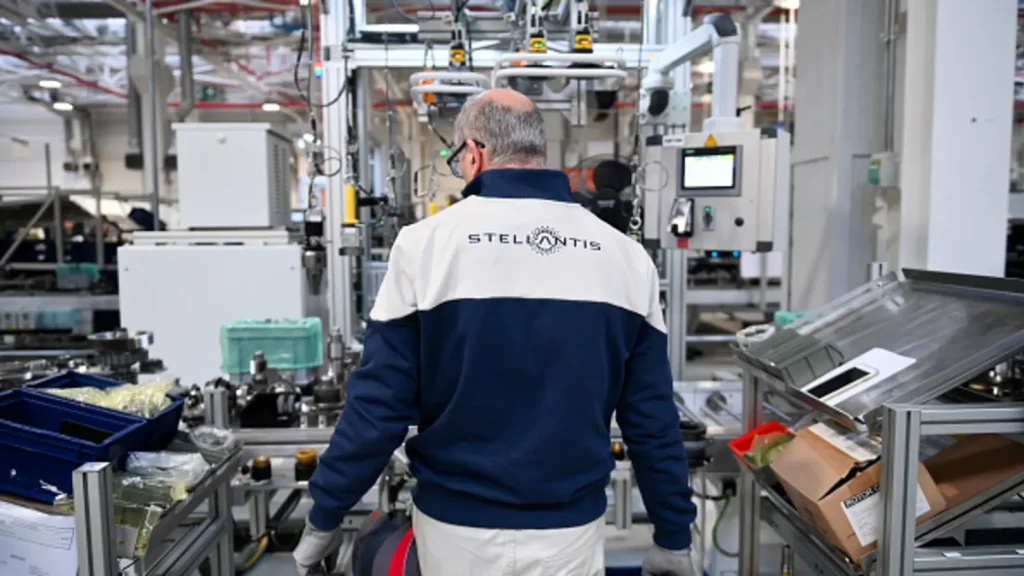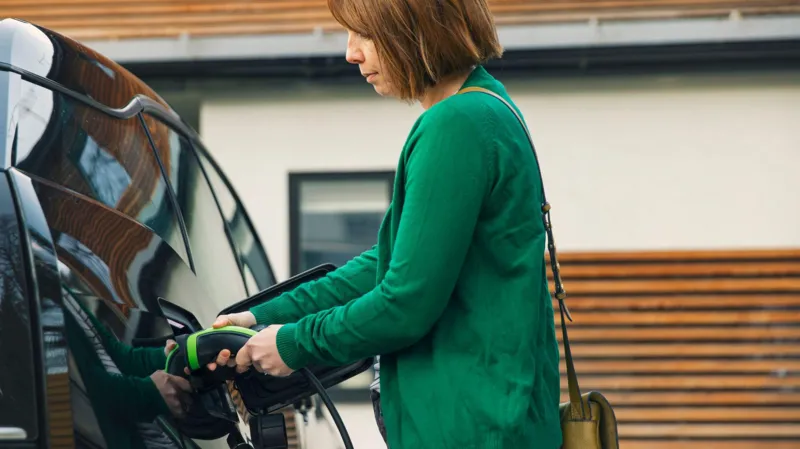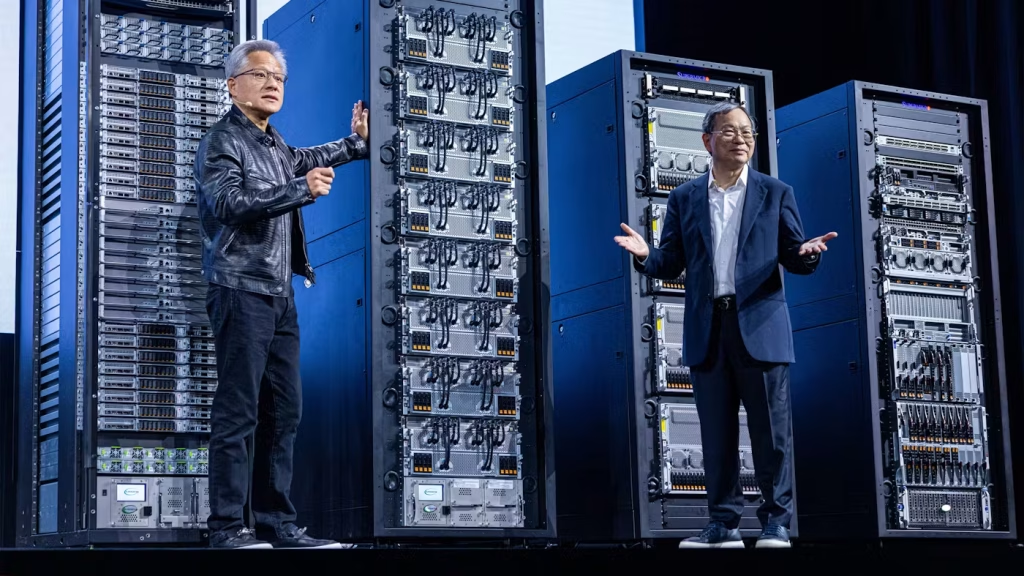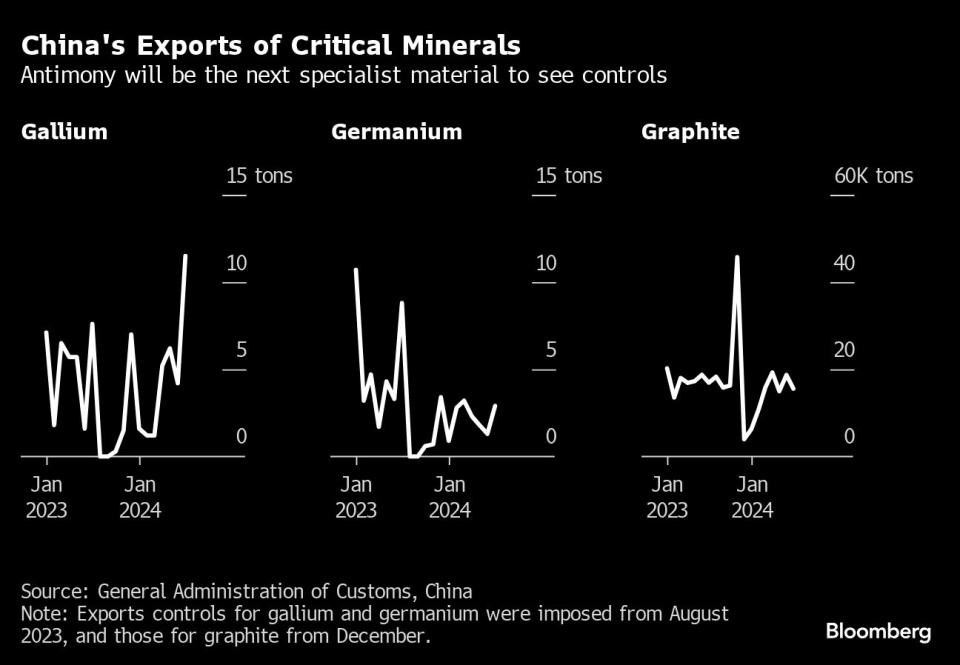China’s CATL to build $4.3bn battery factory with Stellantis in European expansion

In a significant development for the electric vehicle (EV) industry, Chinese battery giant CATL (Contemporary Amperex Technology Co. Limited) has announced plans to build a $4.3 billion battery factory in Europe in partnership with Stellantis, one of the world’s largest automotive groups. This new venture marks a major expansion for CATL in Europe, as it aims to strengthen its foothold in the rapidly growing EV market while Stellantis moves closer to its electrification goals. The collaboration signals a powerful shift in the automotive and energy sectors, with far-reaching implications for the future of electric vehicles and energy storage technologies.
The $4.3 billion investment will be used to establish a state-of-the-art battery production facility that will supply batteries for Stellantis’ electric vehicles across Europe. This factory will be located in a strategic region to help meet the rising demand for EVs, as European governments push for cleaner transportation solutions and automakers accelerate their electric vehicle production. The factory is expected to create thousands of jobs and significantly boost the local economy, while also providing a crucial component to Stellantis’ ambitious plan to electrify its entire fleet in the coming years.
CATL, already the world’s largest producer of electric vehicle batteries, has been expanding its global presence as demand for EVs continues to surge. The company’s decision to build a manufacturing facility in Europe underscores its commitment to becoming a dominant player in the global electric vehicle supply chain. CATL has been diversifying its operations by forming partnerships with leading automakers like BMW, Ford, and Honda, and now Stellantis joins that list. The new factory will allow CATL to cater to European automakers, who are under increasing pressure to meet strict emissions regulations and transition to electric vehicles.
For Stellantis, this partnership is part of its broader strategy to electrify its fleet and adapt to the growing demand for cleaner vehicles. The company, which was formed in 2021 through the merger of Fiat Chrysler Automobiles (FCA) and PSA Group, has set ambitious goals to become a leader in electric mobility. Stellantis aims to sell 5 million electric vehicles annually by 2030, and the collaboration with CATL will play a vital role in achieving this target. The battery factory will provide Stellantis with a steady and reliable supply of batteries, which are the most critical component in EV production. This will enable Stellantis to ramp up its EV output without being dependent on third-party suppliers, ensuring it can meet its growing production demands.
The new factory is expected to significantly impact the European automotive landscape. Europe is one of the most important markets for electric vehicles, with governments across the continent introducing aggressive policies and incentives to support the shift from internal combustion engine (ICE) vehicles to electric models. The European Union has set a target to achieve carbon neutrality by 2050, and achieving this goal requires a massive transformation in the transportation sector. Automakers like Stellantis are under pressure to comply with emissions regulations, and partnerships like the one with CATL are crucial for ensuring a steady supply of affordable, high-performance batteries.
One of the driving factors behind the collaboration between CATL and Stellantis is the need to reduce reliance on battery imports from China. While China has dominated the global EV battery market for years, European countries are increasingly looking to build their battery production capabilities to ensure energy security and reduce dependency on foreign suppliers. By establishing the battery plant in Europe, CATL is helping to address this issue while also positioning itself as a key player in the European EV supply chain. Additionally, the factory will support Europe’s broader goal of becoming a global leader in clean energy technology, including the development of homegrown solutions for EV battery production and energy storage.
The factory will likely focus on producing lithium-ion batteries, which are the standard in current electric vehicle technology. These batteries offer high energy density, long lifespan, and fast charging capabilities, making them ideal for use in electric vehicles. However, as the industry continues to evolve, there is growing interest in solid-state batteries, which promise even greater energy efficiency and safety. It remains to be seen whether the new plant will incorporate solid-state technology, but it is clear that this type of innovation will be key to the future of electric mobility.
As the factory begins construction, the economic and environmental benefits of the collaboration between CATL and Stellantis are becoming clear. The facility will create thousands of high-tech jobs, offering a boost to local economies while supporting the European Green Deal. At the same time, the increase in battery production will help drive down costs for electric vehicles, making them more accessible to consumers. With the shift to electric mobility gaining momentum across Europe, this partnership represents a critical step toward achieving the continent’s green energy goals.
In conclusion, the $4.3 billion battery factory being built by CATL and Stellantis is a major milestone in the transition to electric vehicles in Europe. The collaboration is a strategic move by both companies to secure a reliable and sustainable battery supply for the rapidly growing EV market. It also highlights the importance of local manufacturing capabilities in meeting Europe’s electrification targets and reducing reliance on imports. As the world continues to embrace clean energy and sustainable transportation, partnerships like the one between CATL and Stellantis will play an increasingly vital role in shaping the future of the automotive industry.






